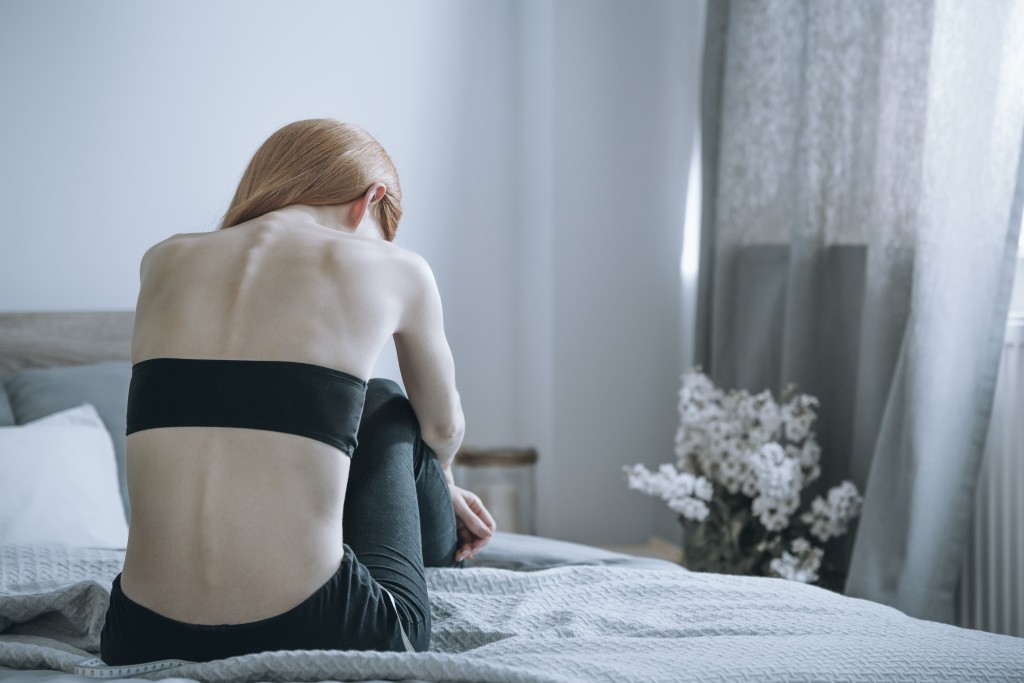Equestrianism, more commonly referred to as horseback riding, is a pastime activity and sports category that is steady in its popularity to this very day. Those who have the chance to learn and experience the said sports are likely thrilled at the prospect.
However, we mustn’t be hasty with installing headstalls and saddling up our horses to go riding. This is because horse care has to come before anything else. We have to practice and master it first since properly tending to our horses will help build up camaraderie between the rider and their horse. As a result, the horses are much more settled and calm when we go for rides.
Here are a few basics that we need to note when caring for horses.
Shelter
In terms of housing, horses usually need three things: indoor shelter, outdoor shelter, and bedding. When planning for our horse’s indoor lodging, we must elevate the barn that the horses will stay most of the time. Doing this will make way for better drainage and less flooding later on. The barn also needs proper insulation, especially for riders who reside in colder areas.
Another thing to remember is adequate space for individual stables. Consider your horse’s breed, its current size, and its expected size if it’s still a pony.
Outdoor shelters, meanwhile, are best to have with pleasure horses or ones made for riding all the time. Otherwise known as a run-in shelter, it should be able to shield the horses from the outside elements, like wind, and provide them adequate space. The recommended size for a run-in shelter made for two horses is 12 feet by 16 feet with a roof height of ten feet.
As for the bedding, there are several materials to choose from. Hemp is better for horses living in colder climates due to its higher thermal rating. Wood pellets leave less of a mess compared to shavings and are more appropriate for horses with respiratory problems. A material to avoid is hay, due to its molding properties and the horses’ tendency to eat hay even if it’s spoiled.
Feeding

Horses are known to eat pastures and tender plants, but it’s understandable if we don’t have access to land with either of these items. An alternative feed is bales of hay, but it needs to be tested beforehand to see if it has all the vitamins and minerals our horses need.
Alongside roughage is grain, which should be fed to horses sparingly. Oats are a popular choice for grain supplements, and we should keep away from wheat since it causes colic. As for water, a dam or self-filling trough filled with fresh water is appropriate for any horse.
Two pro tips: horses shouldn’t be fed after their exercise. Also, keep in mind a horse’s age and weight when preparing their feeding.
Exercise
There are two types of horses: ones meant for pleasure and the others for competition. Those belonging in the former group should get at least two hours of exercise per day to improve their health. Led, ridden, or free roam are perfectly fine options, but a saddled ride is the best choice if we want to tone the back regions of our horses.
The road to becoming an amazing owner and rider starts with proper horse care. Keeping these in mind is an investment, not only to our horses but our hobbies as well.




